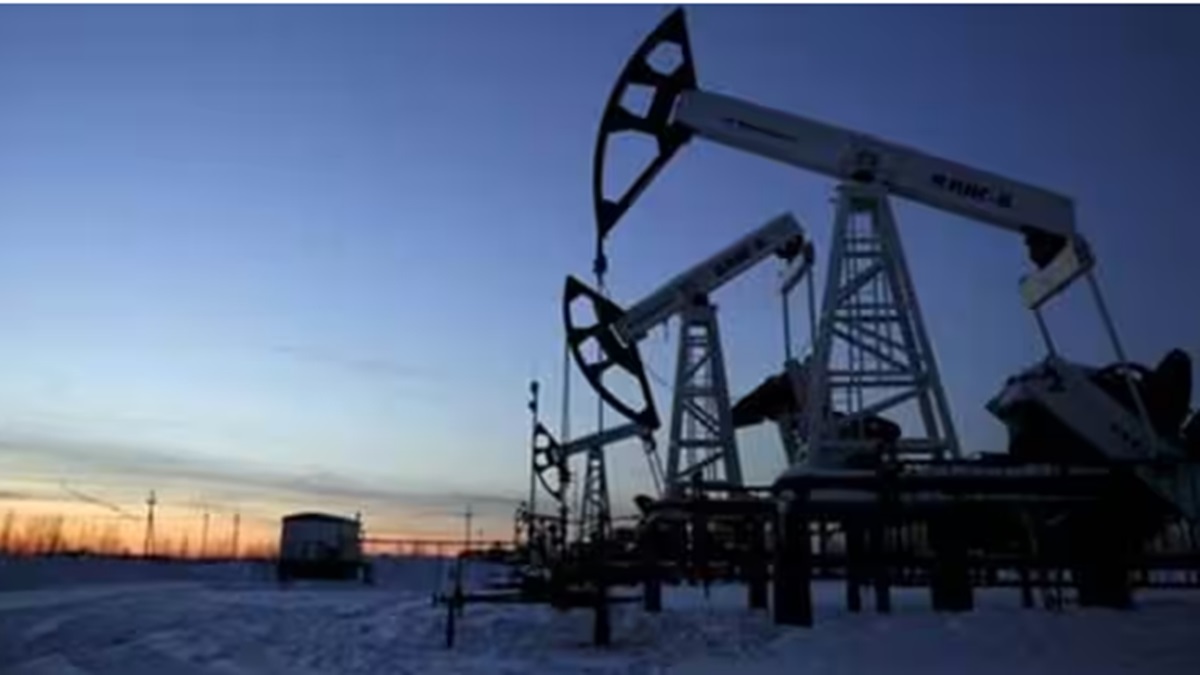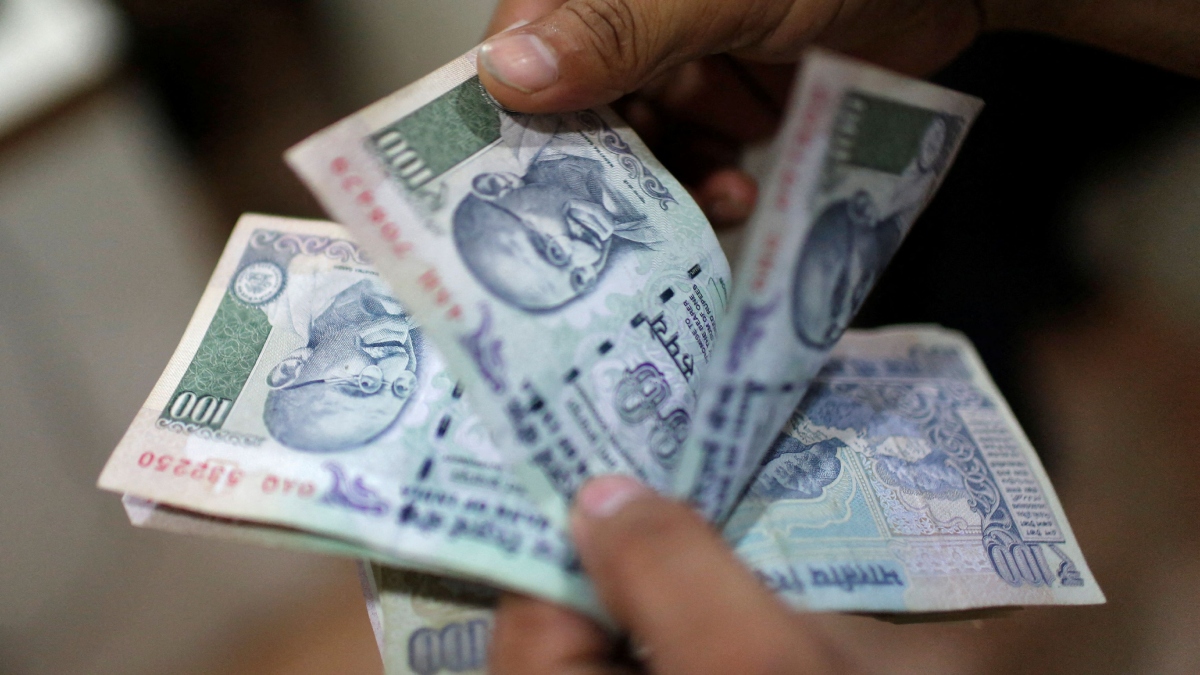The global oil markets in 2023 were impacted by geopolitical tensions, sluggish demand from the world’s top consumers, and a tightening global supply, all of which resulted in high volatility in prices throughout the year.
Even as the global players try their best to contain the turbulence now, experts see the oil market striving to strike a balance between global demand and supply in 2024 as well.
With production growth accelerating in the US, analysts now see a blurry picture for supply cuts within the Organisation of Petroleum Exporting Countries and whether it will continue to govern the markets as it has been doing till now.
All said and done, if crude prices do bounce back on expectations of demand recovery from China, India’s state-run oil marketing companies (OMCs) might have to incur higher costs on the raw material again, said Gnanasekar Thiagaranjan, Director, Commtrendz Research. But this should not affect their profitability in the longer run, analysts say.
In the first two quarters of the financial year, OMCs have been able to make healthy profits compared to the first half of the last fiscal primarily on the back of improved marketing margins.
Marketing margins of the three public-sector companies improved in the last quarter owing to discounted Russian crude oil even as the OMCs kept the prices of auto fuels unchanged which helped them to recover losses incurred when oil prices were higher last year.
Analysts now see OMCs to register healthy marketing and refining margins in the third and the final quarter of the financial year 2023-24 compared to the corresponding levels last year provided that crude prices remain at the level of $85-$87 per barrel.
“Nevertheless, even with the call of a steady uptick in prices hereon, we remain bullish on both upstream and downstream profitability in this price range for India,” ICICI Securities said.
Meanwhile, the current lower crude oil prices have come as a relief to OMCs. Their gross refining margins could improve on the back of healthier diesel crack spread.
“Recent trends in product spreads imply that gross refining margins will remain in the $7–8/bbl range (Singapore), which translates to a $2–3/bbl premium for OMCs,” ICICI Securities said. “Coupled with the strong retail fuel margins, earnings momentum should be robust for OMCs over FY24–25E.”
Furthermore, the country’s gas sector is likely to see stronger demand entering into 2024.
“Even spot LNG prices do see moderation, if there are concerns on demand growth for oil and gas – sourcing costs for CGDs (city gas distribution companies) are likely to remain under control, which therefore, creates stronger demand for gas over FY24–25E,” ICICI Securities said in its report.
According to S&P Global, production growth is expected to slow but remain positive in 2024, continuing the push for higher LNG and pipeline exports.
“Despite low Henry Hub gas prices in 2023, and a pullback in gas-oriented drilling, lower-48 natural gas production will reach 103.4 billion cubic feet per day (Bcf/d) in 2024, up by 4.3 Bcf/d due to strong oil prices stimulating associated gas production.”
The consumption of natural gas is also seen rising in the power sector in the next financial year on the back of rising demand for power.
“We see a 30-40% rise in demand for gas from the power sector starting from February as the power ministry expects the prices to touch the ceiling of Rs 10 for most time of the day after which it becomes viable for power companies to purchase gas,” said Rajesh Mediratta, MD and CEO of the Indian Gas Exchange.
Even though it remains to be seen how the global demand and supply fundamentals pan out for the energy markets, a price range of $75-80/ bbl for crude remains ideal to maintain the profitability of Indian OMCs, while for gas companies, the reduction in LNG prices by $1.2–1.3/MMBtu is a material benefit from a pricing competitiveness and margin standpoint, said analysts.
“Strong non-OPEC+ supply growth and slowing oil demand growth have led OPEC+ to curtail output and support prices. While this tactic has achieved some success, maintaining discipline among member countries may be difficult in 2024 as the loss of market share continues and non-OPEC+ volumes increase,” said Kurt Barrow, Head of Oil Markets, S&P Global Commodity Insights. “OPEC+’s ability to follow through on voluntary production cuts will be key to crude pricing over the next year.”
Starting January, oil prices remained at the higher end at about $82 per barrel following the price cap of $60 per barrel put by The Group of Seven (G7) industrialized countries on Russian oil shipments in response to Russia’s invasion of Ukraine. The prices touched their highest level of $97 a barrel by the end of the first half of the financial year 2023-24 as Russia and Saudi Arabia announced an extension in its output cut till the year end.
Now again, analysts see crude prices hovering in the range of $80-85 per barrel going ahead even after the OPEC has decided to extend the output cut of 1.7 million barrels a day to 2024 as the announcement failed to arrest any fall in prices.
Analysts now believe that there may come a time in 2024 where some OPEC+ members opt for ‘a market share strategy over price defense’.




